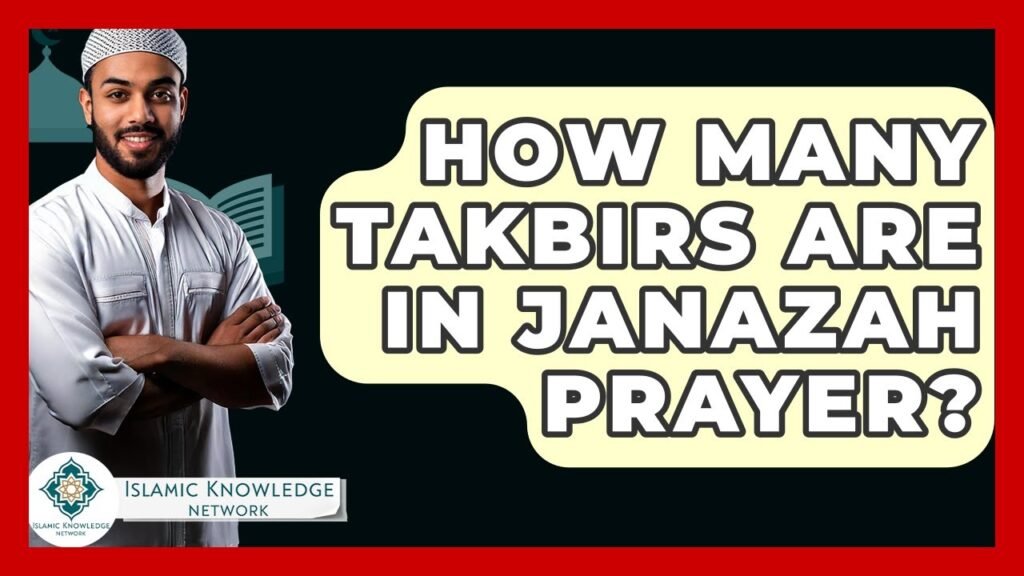Disclaimer:
The content published on this website is provided for general informational purposes only. Articles are generated with the assistance of artificial intelligence and are reviewed periodically; however, accuracy cannot be guaranteed in all cases. Readers are encouraged to verify important information from reliable and authoritative sources before relying on it. The website does not intend to mislead, and any errors found will be corrected when identified.
In the rich tapestry of Islamic traditions, the “Iqama,” or the second call to prayer, holds a significant place in uniting the Muslim community. However, variations do exist among different sects, particularly between Sunni and Shia Muslims. Understanding these differences can deepen one’s appreciation of the diverse practices within Islam. This exploration into the nuances of the Iqama not only highlights theological distinctions but also enhances the communal bond during collective worship.
At Airlink Hajj and Umrah, we are committed to providing our readers with comprehensive insights into all aspects of Islamic practices, including the latest updates and guidance on Hajj and Umrah. Our blog serves as a valuable resource, offering in-depth articles on religious observances and practices, ensuring that pilgrims enhance their spiritual journey with knowledge. As you delve into this exploration of the Iqama, you will find that understanding these differences enriches not only your personal faith but the collective prayer experience. Join us as we navigate this important aspect of Islamic worship and its implications for the global Muslim community.
Iqama Differences: Sunni vs. Shia Muslims – What’s the Debate?
The iqama, an essential component of Islamic practice, serves as the second call to prayer and holds particular significance within the Sunni and Shia communities. Although both sects aim to establish a unified prayer experience, there are distinct differences in their iqama routines that spark ongoing discussions among scholars and laypeople alike.
In Sunni traditions, the iqama is delivered with specific phrases and has a well-defined structure. The Sunnis emphasize a quicker recitation after the adhan (the first call to prayer) and typically do not include the phrase "Hayya ala khayril ‘amal" as part of their iqama. In contrast, Shia Muslims integrate this phrase, which translates to "Come to the best of deeds," into their iqama, reflecting their unique spiritual emphasis and community values.
These differences may seem minor, yet they represent a deeper theological and cultural divergence. The ongoing debate around iqama practices showcases the rich tapestry of Islamic belief, informing how various communities express their faith. For those preparing for Hajj or Umrah, understanding these nuances can enhance your spiritual journey. For more insights and updates on Hajj and Umrah, visit our blog at Airlink Hajj and Umrah, where we keep you informed with the latest developments.
FAQ on “Iqama Differences: Sunni vs. Shia Muslims – What’s the Debate?”
FAQs for "Iqama Differences: Sunni vs. Shia Muslims – What’s the Debate?"
1. What is the Iqama and its significance in Islamic prayer?
The Iqama is the second call to prayer, signifying the start of congregational Salah (prayer). It is recited right before the prayer begins and holds a special place in both Sunni and Shia practices, although the manner of its recitation may vary.
2. How do the Iqama recitations differ between Sunni and Shia Muslims?
While both Sunni and Shia Muslims recite the Iqama, Shia traditions may include additional phrases and alter the sequence of the phrases. For instance, Shia Muslims often add "Hayya ‘ala khayr al-‘amal" which translates to "Come to the best of deeds."
3. What are the theological implications of these differences?
The differences in the Iqama reflect deeper theological beliefs and historical contexts that have shaped Sunni and Shia identities. These variations symbolize their distinctive approaches to Islamic teachings and rituals.
4. Are there any regional variations in Iqama practices within Sunnis and Shias?
Yes, regional practices can affect the Iqama. For instance, some communities may adopt variations based on local cultural influences, leading to minor differences in phrasing or tone within both Sunni and Shia traditions.
5. How can understanding these differences promote unity among Muslims?
By recognizing and respecting the differences in practices like the Iqama, Muslims can foster a spirit of dialogue and understanding. Emphasizing common beliefs and values rather than divisions encourages unity within the diverse Muslim community.
Mushu, an experienced Saudi Arabia traveler and writer, shares insightful tips and spiritual reflections to enhance Hajj and Umrah journeys for fellow pilgrims. He has been to Makkah and Madina from 2016 to 2023 many times and his posts will reflect this.







